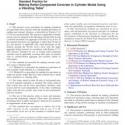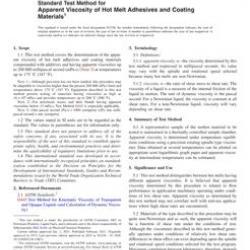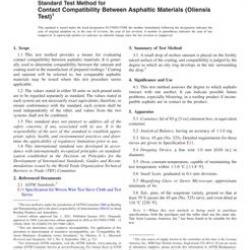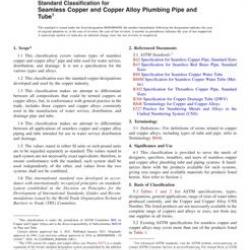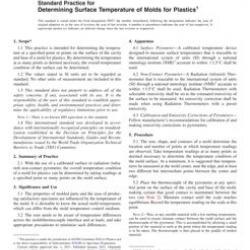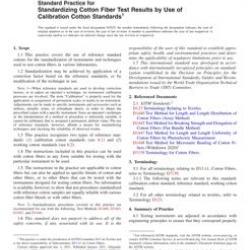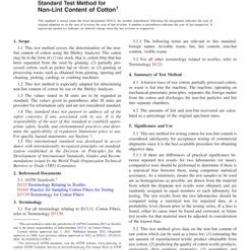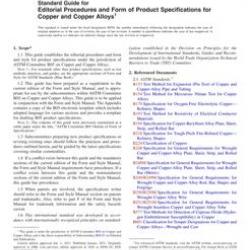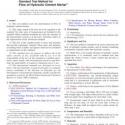No products
ASTM C1176/C1176M-20
ASTM C1176/C1176M-20 Standard Practice for Making Roller-Compacted Concrete in Cylinder Molds Using a Vibrating Table
standard by ASTM International, 10/01/2020
Full Description
1.1This practice covers procedures for making cylindrical test specimens from concrete when the standard procedures of rodding and internal vibration, as described in Practice C31/C31M, are not practicable. This practice is applicable to freshly mixed concrete, prepared in the laboratory and the field, having a nominal maximum size aggregate of 50 mm [2 in.] or less. If the nominal maximum size aggregate is larger than 50 mm [2 in.], the practice is applicable only when performed on the fraction passing the 50-mm [2-in.] sieve with the larger aggregate being removed in accordance with Practice C172. This practice, intended for use in testing roller-compacted concrete, may be applicable to testing other types of concrete such as cement-treated aggregate and mixtures similar to soil-cement.
1.2Two methods are provided for making concrete cylinders using a vibrating table:
1.2.1Method A is a procedure for making test specimens in steel reusable molds attached to a vibrating table.
1.2.2Method B is a procedure for making test specimens in single-use plastic molds that have been inserted into a metal sleeve attached to a vibrating table.
1.3The values stated in either SI units or inch-pound units are to be regarded separately as standard. The values stated in each system may not be exact equivalents; therefore, each system shall be used independently of the other. Combining values from the two systems may result in non-conformance with the standard.
1.4The text of this practice refers to notes and footnotes that provide explanatory material. These notes and footnotes (excluding those in tables and figures) shall not be considered as requirements of this practice.
1.5This standard does not purport to address all of the safety concerns, if any, associated with its use. It is the responsibility of the user of this standard to establish appropriate safety, health, and environmental practices and determine the applicability of regulatory limitations prior to use.
1.6This international standard was developed in accordance with internationally recognized principles on standardization established in the Decision on Principles for the Development of International Standards, Guides and Recommendations issued by the World Trade Organization Technical Barriers to Trade (TBT) Committee.


